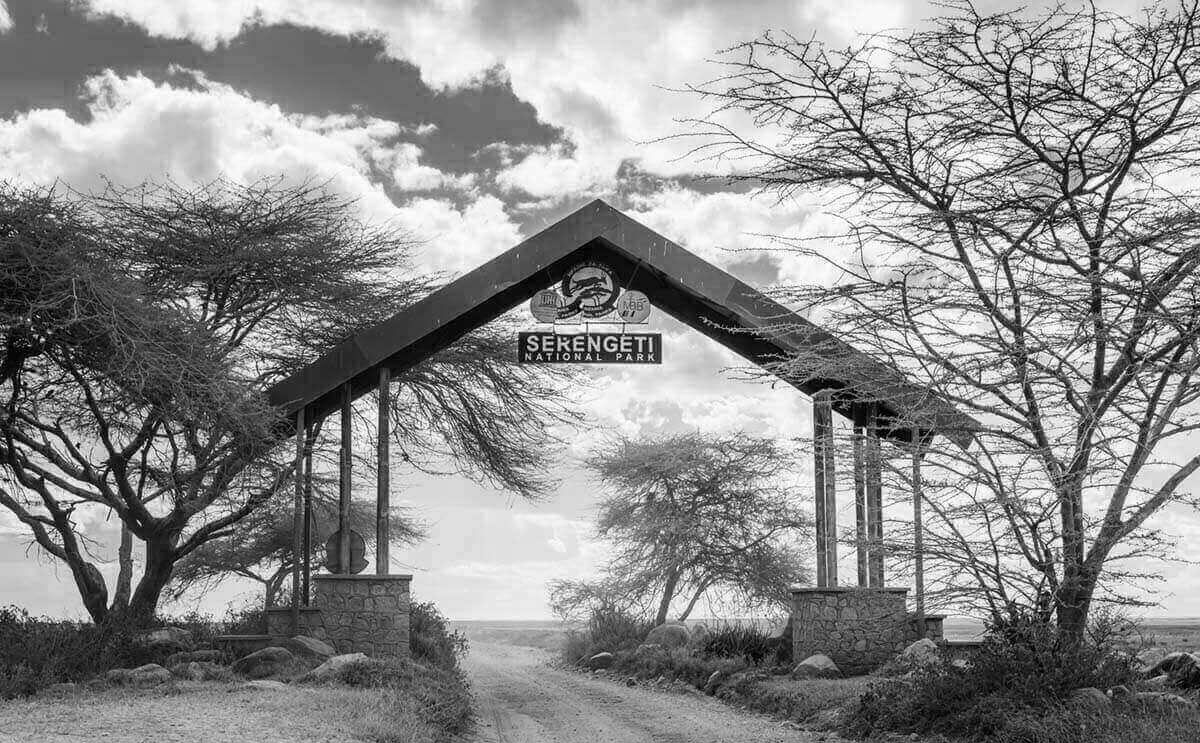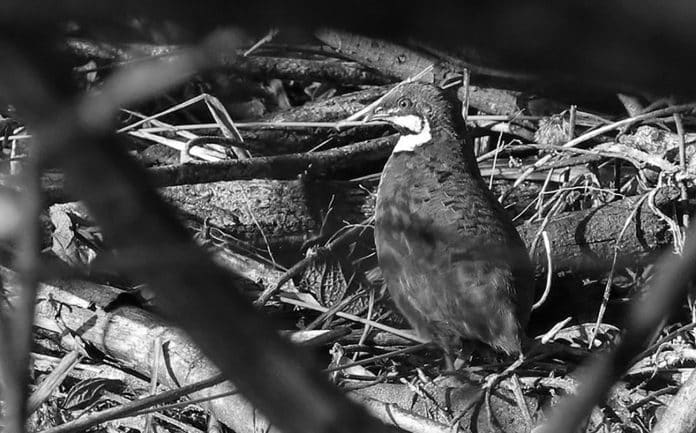Blue Quail in Tanzania: A Journey into the Wild and Untamed
Welcome to Tanzania, a land of vast plains, majestic mountains, and diverse wildlife. Among the many fascinating creatures that call this country home, the Blue Quail stands out as a truly remarkable bird. With its vibrant blue plumage and elusive nature, the Blue Quail is a sight to behold. In this article, we will take you on a journey into the wild and untamed world of the Blue Quail in Tanzania.
Habitat and Distribution of the Blue Quail
The Blue Quail is primarily found in the grasslands and savannahs of Tanzania. These open habitats provide the ideal environment for the quail to forage for food and seek shelter. They are known to inhabit areas with a mix of tall grasses, shrubs, and scattered trees, allowing them to blend seamlessly with their surroundings.
The distribution of the Blue Quail extends throughout Tanzania, with sightings reported in various regions, including Serengeti National Park, Tarangire National Park, and Ngorongoro Conservation Area. These protected areas offer the necessary protection for these magnificent birds, ensuring their continued existence in the wild.
The Life Cycle of Blue Quail
The life cycle of the Blue Quail is a fascinating journey filled with challenges and triumphs. The breeding season typically begins in the wet season when food is abundant. Male quails engage in elaborate courtship displays to attract a mate. These displays involve puffing up their chests, spreading their wings, and calling out with distinctive vocalizations.
Once a pair has formed, the female will lay a clutch of eggs in a carefully constructed nest hidden amongst the grasses. Incubation lasts for approximately three weeks, during which the female diligently tends to her eggs, ensuring they remain warm and protected from predators.
After hatching, the young quails are precocial, meaning they are capable of independent movement shortly after birth. They quickly learn to forage for seeds, insects, and other small invertebrates under the watchful eye of their parents. As they grow, their beautiful blue plumage gradually develops, marking their transition into adulthood.
Behavior and Characteristics of Blue Quail
The Blue Quail is a shy and elusive bird, known for its secretive nature. It spends much of its time on the ground, using its strong legs and nimble feet to navigate through the grasses. Its small size and cryptic plumage make it difficult to spot, even for the most experienced birdwatchers.
Despite its elusive nature, the Blue Quail is a social bird, often forming small flocks during non-breeding periods. These flocks provide safety in numbers, as the quails work together to alert each other to potential threats. They communicate through soft calls and subtle body movements, maintaining a constant vigilance in their surroundings.
One of the most remarkable characteristics of the Blue Quail is its ability to camouflage itself in its environment. Its blue plumage blends seamlessly with the hues of the grasslands, making it nearly invisible to predators and unsuspecting eyes. This adaptation has allowed the Blue Quail to survive and thrive in the wild.
Challenges and Threats Faced by Blue Quail in Tanzania
While the Blue Quail is a resilient species, it faces numerous challenges and threats to its survival in Tanzania. Habitat loss due to human activities, such as agriculture and urbanization, poses a significant threat to the quail’s population. The conversion of grasslands into farmland and the destruction of nesting sites disrupt the delicate balance that the Blue Quail depends on.
Another major threat to the Blue Quail is predation by introduced species, such as feral cats and rats. These invasive predators have few natural predators in Tanzania, allowing their populations to grow unchecked. As a result, they pose a serious risk to the eggs, chicks, and even adult Blue Quails.
Climate change is yet another challenge the Blue Quail faces. Shifts in rainfall patterns and temperature can disrupt the availability of food and nesting sites, impacting the quail’s ability to survive and reproduce. These changes can also alter the composition of grasslands, further threatening the quail’s habitat.
Conservation Efforts for Blue Quail in Tanzania
Recognizing the importance of preserving the Blue Quail and its habitat, conservation efforts have been initiated in Tanzania. National parks and conservation areas have been established to protect the quail’s natural habitat and ensure its long-term survival. These protected areas provide a safe haven for the Blue Quail, allowing them to thrive without the constant threat of human encroachment.
In addition to protected areas, conservation organizations are working towards raising awareness about the Blue Quail and the need for its conservation. These organizations conduct research, monitor populations, and collaborate with local communities to promote sustainable land use practices that benefit both humans and wildlife.
To tackle the threat of invasive predators, efforts are being made to control their populations and mitigate their impact on the Blue Quail. This includes trapping and removing feral cats and implementing measures to prevent the introduction of new invasive species.
Best Places to Spot Blue Quail in Tanzania

If you’re an avid birdwatcher or simply captivated by the beauty of the Blue Quail, Tanzania offers several prime locations for spotting these elusive birds. Serengeti National Park is a fantastic destination, known for its vast expanses of grasslands where the Blue Quail thrives. The park’s diverse ecosystems provide endless opportunities to observe these birds in their natural habitat.
Tarangire National Park is another excellent choice for spotting Blue Quails. The park’s mix of grasslands, acacia woodlands, and seasonal swamps attract a wide range of bird species, including the Blue Quail. With patience and a keen eye, you may be rewarded with a glimpse of these magnificent birds.
Ngorongoro Conservation Area is also worth a visit for bird enthusiasts. This UNESCO World Heritage Site is home to a rich array of wildlife, including the Blue Quail. The varied landscapes, from open grasslands to dense forests, offer diverse habitats for the quails to thrive.
Tips for Birdwatching and Photographing Blue Quail
Birdwatching and photographing Blue Quail can be a rewarding and exciting experience. Here are some tips to enhance your chances of spotting and capturing these elusive birds in Tanzania:
- Be patient: Blue Quails are masters of camouflage and may take time to reveal themselves. Spend ample time in their preferred habitats and observe carefully for any movement or calls.
- Learn their calls: Blue Quails have distinctive vocalizations that can help you locate them. Familiarize yourself with their calls before your trip to Tanzania to improve your chances of finding them.
- Use camouflage: To get closer to Blue Quails without startling them, wear neutral-colored clothing that blends with the surroundings. Avoid sudden movements and keep a low profile.
- Use binoculars and telephoto lenses: Blue Quails are small and can be difficult to see with the naked eye. Invest in a good pair of binoculars and a telephoto lens to get a closer look and capture stunning photographs.
- Respect their habitat: When observing Blue Quails, ensure you do not disturb their habitat or nesting sites. Maintain a safe distance and avoid going off-trail to minimize your impact on their environment.
Blue Quail in Tanzanian Culture and Folklore
The Blue Quail holds a special place in Tanzanian culture and folklore. In some tribes, the quail is regarded as a symbol of good luck and is believed to bring prosperity and abundance. Its vibrant blue plumage is often associated with the sky and the heavens, representing purity and spirituality.
In folklore, the Blue Quail is often depicted as a wise and elusive messenger, bringing important messages from the spirit world. Its ability to disappear and reappear at will has earned it a reputation as a mystical and magical bird.
Conclusion: Preserving the Legacy of Blue Quail in Tanzania
The Blue Quail is an enchanting and elusive bird that captivates the hearts of all who have the privilege of seeing it. As we venture into the wild and untamed landscapes of Tanzania, we must remember the importance of preserving the legacy of the Blue Quail. By conserving their habitat, raising awareness, and promoting sustainable practices, we can ensure that future generations will continue to marvel at the beauty of these magnificent birds. Let us come together to protect the Blue Quail and the natural wonders of Tanzania for years to come.
For more articles related to Wildlife in Tanzania (Animals), click here!

































